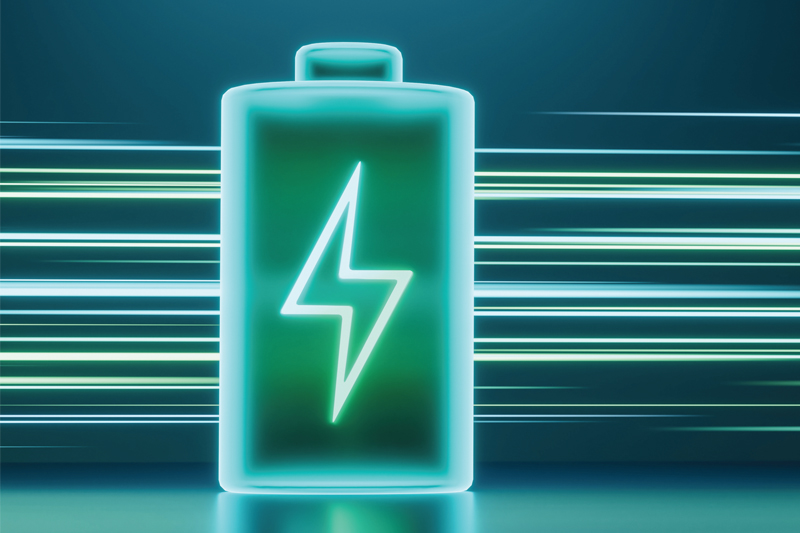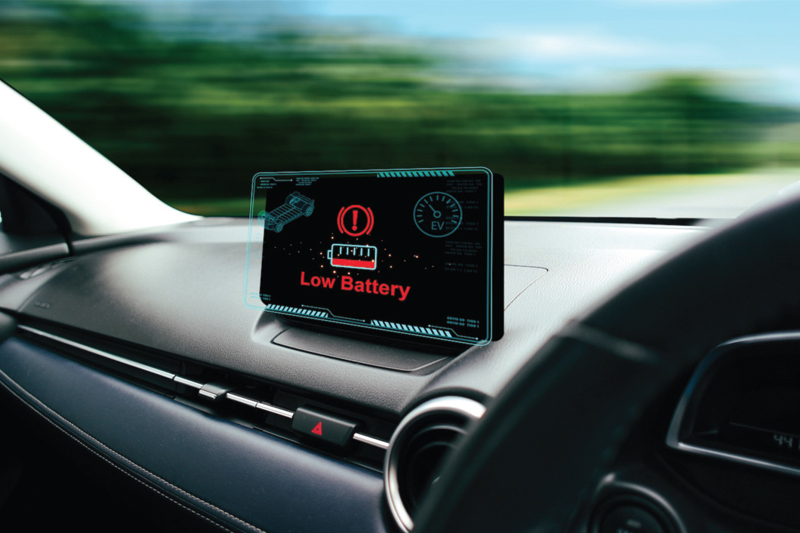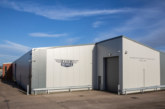Why do 12V batteries cause EV breakdowns?

Following its recent findings concerning the ongoing demand for 12V batteries, Ecobat Battery has released further data for this long-term aftermarket requirement, following research into EV breakdown statistics – here’s its commercial director, Paul Payne, with analysis.
As previously made clear, whether an EV incorporates an ICE with a 48V or 350V battery in hybrid form or uses a 400V plus battery as a fully battery powered variant, a ‘traditional’ 12V battery is also fitted.
The revelation comes, however, in the fact that in common with their ICE powered counterparts, the number one cause of EV breakdown also turns out to be failure of this battery! But why?
Since the UK launch of the Tesla a decade ago, and following changes in government legislation, many other VMs have added full EVs to their product ranges.
As a result, they and their partners have invested hundreds of millions of pounds to develop the electric motors, control systems and high voltage (HV) battery packs to make the move from relying on an ICE, to using fully electric propulsion achievable.
However, as stated previously, in the quest to develop these new technology vehicles, not everything is new, as 12V systems remain integral to EVs to enable them to perform vital functions. These include not only powering the lighting system, both internal and external, but the central locking, alarm, and other security features. It also powers the vehicles onboard computer and diagnostic systems and plays a role in starting the main HV battery pack.
In vehicles with ICEs, the electrical system relies on the alternator to recharge the 12V battery after providing energy to start the engine. This process, refined over years, is managed by the vehicle’s ECUs; however, in EVs, the 12V battery plays a more cyclical role. It is charged by the HV battery and discharged by the various 12V systems, placing significant load on it.
Irrespective of whether the vehicle is an EV or incorporates an ICE, the maintenance of its 12V battery is down to the parameters set in the ECU’s battery management system.

Potential conflict of interest
It’s well known that discharging a standard 12V SLI (starter, ignition and lighting) battery beyond 50% will reduce its life expectancy; however, largely due to the fact that range anxiety is one of the key barriers to EV uptake, VMs want to maximise the range capability that they can offer drivers. To do this, the battery management system has to make a compromise between charging the 12V battery to keep it in top condition, or providing for the vehicle’s optimum range, which can result in an undercharged 12V battery, affecting its usable life.
A further impact on the life of the 12V battery comes with the advanced technology inbuilt into an EV. Its inherent connectivity and the plethora of apps it can run, such as to remotely ‘wake it up’ and activate the 12V system, for example, can require 5,000 activations per day, which can seriously discharge the 12V battery and leave the driver with a lifeless car.
Opportunities arise
Although the VMs work hard to update their systems when they find these issues, in the meantime they provide a welcome opportunity for the aftermarket because, despite many workshops being wary of working on EVs, it should be encouraging for them to know that the most likely cause of a breakdown is due to one of the components that they are most familiar with!
Therefore, before your workshop customers surrender an EV to the franchised dealer network, they should first assess the condition of the 12V battery and if that’s the issue, providing they use the correct protocols for working on a HV vehicle, installing a replacement not only solves a problem for the owner, but it also makes a profitable job.
Conclusion
As a result of its findings and to further assist the independent service and repair sector, Ecobat Battery has updated its application data on its online Battery Finder, as well as its Numax and Lucas data on MAM Autocat, to provide all the necessary application links to these vehicles.








